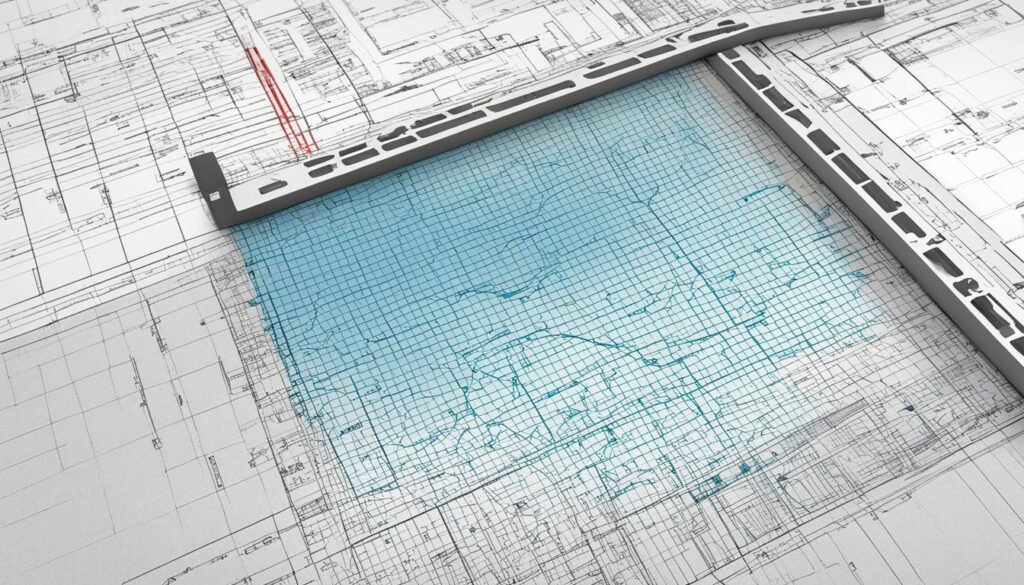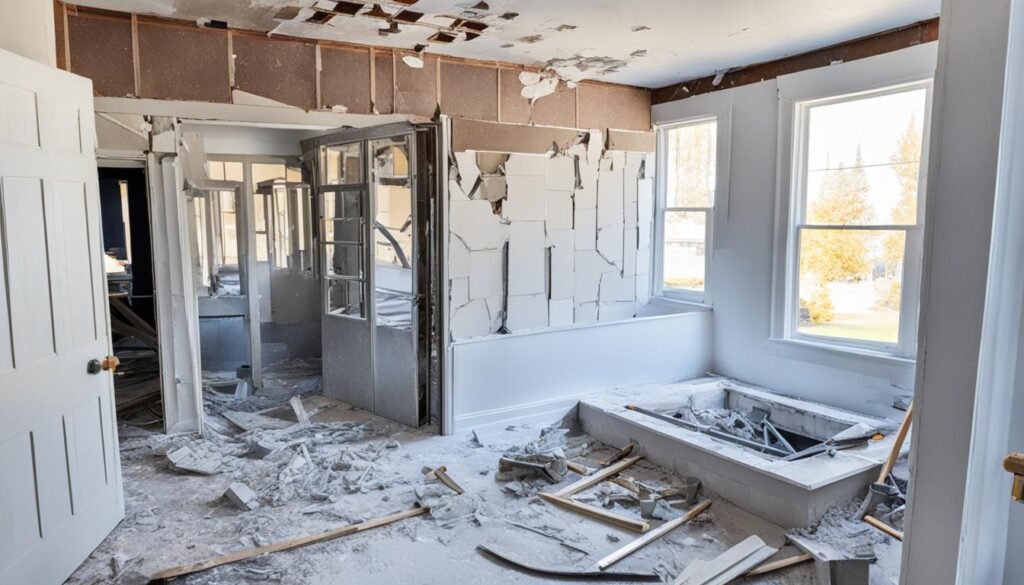Floating Floor Installation Cost Breakdown
The cost to install floating floors can change a lot. Planning to fix up your home or make your office better? Knowing what affects the price is key. We’ll talk about what costs to expect and share tips for budget planning. Key Takeaways: The price of installing floating floors depends on things like the type of floor, room size, how the subfloor looks, how hard the installation is, and if you need extra services. Usually, putting in a floating floor costs between $2,100 and $3,900 per room. But, it varies with each project. To guess the cost, think about how big the space is, the price of the flooring material, the cost of labor, and any other expenses like removing the old floor or getting the base ready. Other things you might have to pay for include putting in underlayment, replacing the subfloor, throwing away the old floor, and choosing better materials. It’s smart to compare prices and get estimates from a few different flooring companies. This way, you can find the best deal for your money. Factors Affecting Floating Floor Installation Cost Several factors affect the cost of installing floating floors. Understanding these can help you budget better. Each one influences the overall installation cost. The type of flooring material is a big factor. Hardwood floors usually cost more than laminate or vinyl. And exotic woods are more expensive than common ones. The space size matters too. Bigger spaces cost more because they need more materials and work. Make sure to measure your space well to estimate costs properly. The subfloor’s condition is important as well. Fixing or leveling a damaged subfloor before installation can raise costs. This step is crucial for a good installation. Installation complexity also plays a role in costs. Rooms that are oddly shaped or have obstacles need more work. This means higher labor costs. Any extra services needed will add to the total cost. For example, removing old flooring or adding underlayment means more work and materials. These services can increase the overall expense. In summary, floating floor installation costs are influenced by the choice of material, the size of the area, subfloor condition, and the complexity of installation. Extra services needed also play a part. Knowing these factors helps you understand and estimate your project’s cost better. “The cost of installing floating floors is influenced by flooring material, area size, subfloor condition, installation complexity, and additional services required.” Factors Description Flooring Material The type of flooring material you choose affects the overall cost of installation. Different materials have different price tags. Area Size The size of the area to be covered determines the amount of materials and labor required, thus affecting the total cost. Subfloor Condition If the subfloor is uneven or requires repairs, it may increase the labor and materials needed, adding to the installation cost. Installation Complexity Rooms with irregular shapes, obstructions, or intricate designs may require more time and effort, resulting in higher labor charges. Additional Services Services such as old floor removal or subfloor preparation can add to the installation cost, as they require extra labor and materials. Average Cost of Floating Floor Installation The cost to install floating floors varies. It depends on room size and flooring type. On average, it costs about $2,100 to $3,900 per room. Small rooms may cost as low as $300. But, large rooms can go up to $3,900. Remember, these are average figures. Your project’s cost might change based on different factors. Cost depends on room size. Big rooms need more materials and work, raising the price. The flooring material also affects the cost. Some materials are pricier than others. For an accurate quote, talk to a flooring contractor. They’ll look at your room’s size and preferred flooring. Then, they’ll give you a detailed estimate. Room Size Average Cost Small Room (less than 100 sq.ft) $300 – $800 Medium Room (100 – 300 sq.ft) $800 – $1,500 Large Room (over 300 sq.ft) $1,500 – $3,900 Factors Affecting Cost Many things can change the cost of floating floor installation. The installation’s complexity, subfloor condition, and extra services affect the price. Removing old flooring or fixing the subfloor can add to the cost. Estimating the Cost of Floating Floor Installation To figure out the cost of putting in floating floors, think about these things. These steps help you make a good guess for your specific job: Calculate the total square footage: Measure each room’s length and width where you want floating floors. Multiply these to get the total area you’ll cover. Factor in the cost per square foot: Look up how much your flooring type costs per square foot. You can find this on the manufacturer’s site or by asking flooring stores. Estimate installation labor costs: Get quotes from trusted flooring companies nearby. Tell them how big the area is and what your project needs. Think about how complex the job is, if you need extra services, and the company’s reputation. Add additional expenses: Remember, there might be extra costs like taking out old floors, getting the subfloor ready, or adding a new base. These can change based on what your project requires. After you collect all this info, sum up the costs to get a total estimate for the installation. This includes the price of the flooring and the cost to put it in. Consider this estimate a starting point. The final cost might change due to market prices or unexpected issues during installation. To estimate the floating floor installation cost, figure out the total area, the flooring cost per square foot, get labor quotes, and add any extra expenses. These steps help you make a detailed estimate for your project. Additional Costs for Floating Floor Installation When you choose floating floor installation, there are extra costs to think about. These extra costs can include: Installation of underlayment Replacement of subflooring Removal and disposal of old flooring Upgrades or enhancements to the flooring material These extra costs change based on what your
Floating Floor Installation Cost Breakdown Read More »


